Why Islam
Know the real history of Islam
Islam completes the long chain of guidance from God to humanity. Meticulously preserved and thoroughly documented, Islam’s message has a familiar resonance, owing to its shared history and common values, with Abrahamic religions. Additionally, Islam reiterates a return to basic principles of faith: belief in one God, righteous living, and faith in the afterlife. This brochure introduces the central themes of Islam and its core components – with a special focus on our purpose in life and the all-encompassing nature of Islam.
Islam is a faith and comprehensive way of life that literally means ‘peace through submission to God.’ It provides a clear understanding of a person’s relationship with God, purpose in life, and ultimate destiny. A Muslim is someone who adopts the Islamic way of life by believing in the Oneness of God and the prophethood of Muhammad, peace be upon him (PBUH). Today, Islam is one of the fastest-growing religions and is practiced by more than 1.2 billion Muslims across the world.
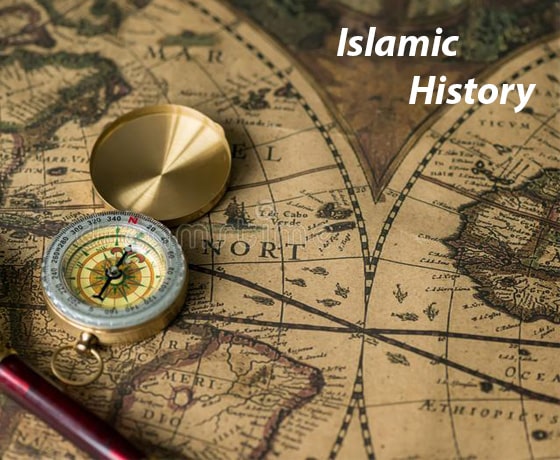
A Universal Faith
Islam is the culmination of the universal message of God taught by all of His prophets. Muslims believe that a prophet was chosen for every nation at some point in their history, enjoining them to worship God alone and delivering guidance on how to live peacefully with others. Some of the prophets of God include Adam, Noah, Abraham, Ishmael, Isaac, Jacob, Joseph, Moses, Jesus, and Muhammad, peace be upon them all. The prophets all conveyed the consistent divine message of worshiping one God, along with specific societal laws for each nation’s circumstances.
However, after the prophets delivered the divine guidance to their people, their message was lost, abandoned, or changed over time, with only parts of the original message intact. God then sent another prophet to rectify their beliefs.
Pillars Of Islam
Islam has five primary obligations or pillars of faith, that each Muslim must fulfill in his or her lifetime. They are as follows:
Shahada
The belief that “There is no god but God, and Muhammad is the Messenger of God” is central to Islam. This phrase, written in Arabic, is often prominently featured in architecture and a range of objects, including the Qur’an, Islam’s holy book of divine revelations. One becomes a Muslim by reciting this phrase with conviction.
Muslims bear witness to the oneness of God by reciting the creed “There is no God but God and Muhammad is the Messenger of God.” This simple yet profound statement expresses a Muslim’s complete acceptance of and total commitment to Islam. This declaration of faith signifies entrance of the believer into the broader community (ummah) of Muslims and is required of converts to Islam.
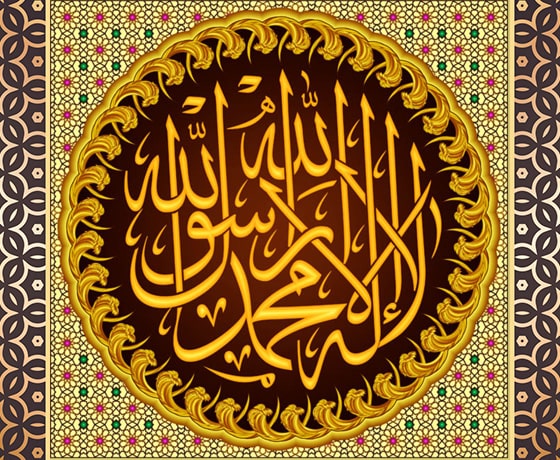

Salah
The second pillar of Islam
The Islamic faith is based on the belief that individuals have a direct relationship with God. The world’s Muslims turn individually and collectively to Makkah, Islam’s holiest city, to offer five daily prayers at dawn, noon, mid-afternoon, sunset and evening. In addition, Friday congregational service is also required. Although salah can he performed alone, it is meritorious to perform it with another or with a group. It is permissible to pray at home, at work, or even outdoors; however it is recommended that Muslims perform salah in a mosque. Muslims pray facing Mecca five times a day: at dawn, noon, mid-afternoon, sunset, and after dark. Prayer includes a recitation of the opening chapter (sura) of the Qur’an, and is sometimes performed on a small rug or mat used expressly for this purpose . Muslims can pray individually at any location or together in a mosque, where a leader in prayer (imam) guides the congregation. Men gather in the mosque for the noonday prayer on Friday; women are welcome but not obliged to participate. After the prayer, a sermon focuses on a passage from the Qur’an, followed by prayers by the imam and a discussion of a particular religious topic.
Zakah
The third pillar of Islam
Zakat, almsgiving, is the third pillar. Social responsibility is considered part of one’s service to God; the obligatory act of zakat enshrines this duty. Zakat prescribes payment of fixed proportions of a Muslim’s possessions for the welfare of the entire community and in particular for its neediest members. It is equal to 2.5 percent of an individual’s total net worth, excluding obligations and family expenses.
It is used to feed the poor, encourage conversion to Islam, ransom captives, help travelers, support those devoting themselves to God’s work, relieve debtors, defend the faith, and any other purpose deemed appropriate. The zakah serves as a reminder of one’s broader social responsibilities to the community.
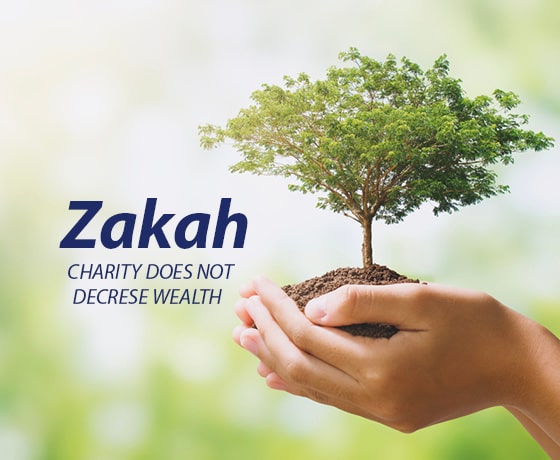
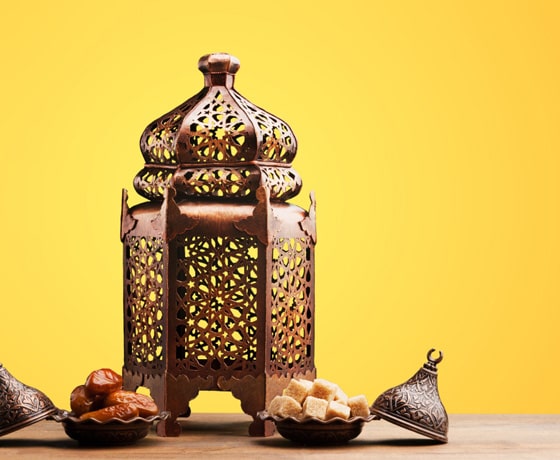
Siyam
The fourth pillar of Islam
Sawm, fasting during the holy month of Ramadan, is the fourth pillar of Islam. Ordained in the Holy Qur’an, the fast is an act of deep personal worship in which Muslims seek a richer perception of God. Fasting is also an exercise in self-control whereby one’s sensitivity is heightened to the sufferings of the poor. Ramadan, the month during which the Holy Qur’an was revealed to the Prophet Muhammad, begins with the sighting of the new moon, after which abstention from eating, drinking and other sensual pleasures is obligatory from dawn to sunset. Ramadan is also a joyful month. Muslims break their fast at sunset with a special meal, iftar, perform additional nocturnal worship, tarawih, after evening prayer; and throng the streets in moods that are festive and communal. The end of Ramadan is observed by three days of celebration called Eid Al-Fitr, the feast of the breaking of the fast. Customarily, it is a time for family reunion and the favored holiday for children who receive new clothing and gifts.
The Hajj
The fifth pillar of Islam
The fifth pillar is the pilgrimage to Mecca during the first ten days of the month of Dhu al-Hijjah. Every Muslim who is physically and financially capable of making the trip and performing the prescribed rites is required to make the hajj. The nine essential rites of the hajj are the putting on of the ihram (unsewn cloth symbolizing the humility and equality of all believers), circumambulation of the Kaaba, standing at the plain of Arafat, spending the night at Muzdalifa, throwing stones at three symbols of Satan, sacrifice of an animal at Mina, repetition of the circumambulation of the Kaaba, drinking of water from the well of Zamzam, and performance of two cycles of prayer at the Station of Abraham. The hajj can be considered complete without performing all of the required rites, but the pilgrim must pay expiation for the failure to complete them. During the hajj, the pilgrim is to avoid thinking about anything but the remembrance of God and the rites of pilgrimage, since the circumambulation of the Kaaba, like canonical prayer, symbolizes the believer’s entrance into the divine presence.
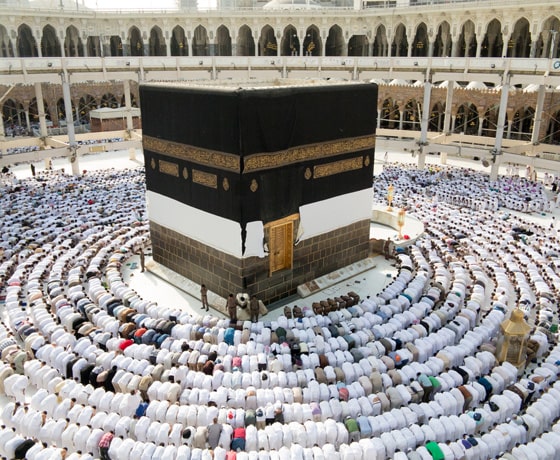
Islamic Education for New Muslims
To act correctly, a Muslim must first acquire authentic knowledge, change his mode of thought and improve his practical ability. These changes must result from the Muslims’ own decisions and efforts if they are to be educationally enduring, religiously sound, socially important and physically permanent.
Islamic Education for New Muslim
When – Second and Third Sunday of every month
Time – 3-5pm
Aims and Objectives of Islamic Education
The Arabic language has three terms for education, representing the various dimensions of the educational process as perceived by Islam. The most widely used word for education in a formal sense is ta’līm, from the root ‘Alima (to know, to be aware, to perceive, to learn), which is used to denote knowledge being sought or imparted through instruction and teaching. Tarbiyah, from the root raba (to increase, to grow, to rear), implies a state of spiritual and ethical nurturing in accordance with the will of God. Ta’dīb, from the root aduba (to be cultured, refined, well-mannered), suggests a person’s development of sound social behavior. What is meant by sound requires a deeper understanding of the Islamic conception of the human being?
